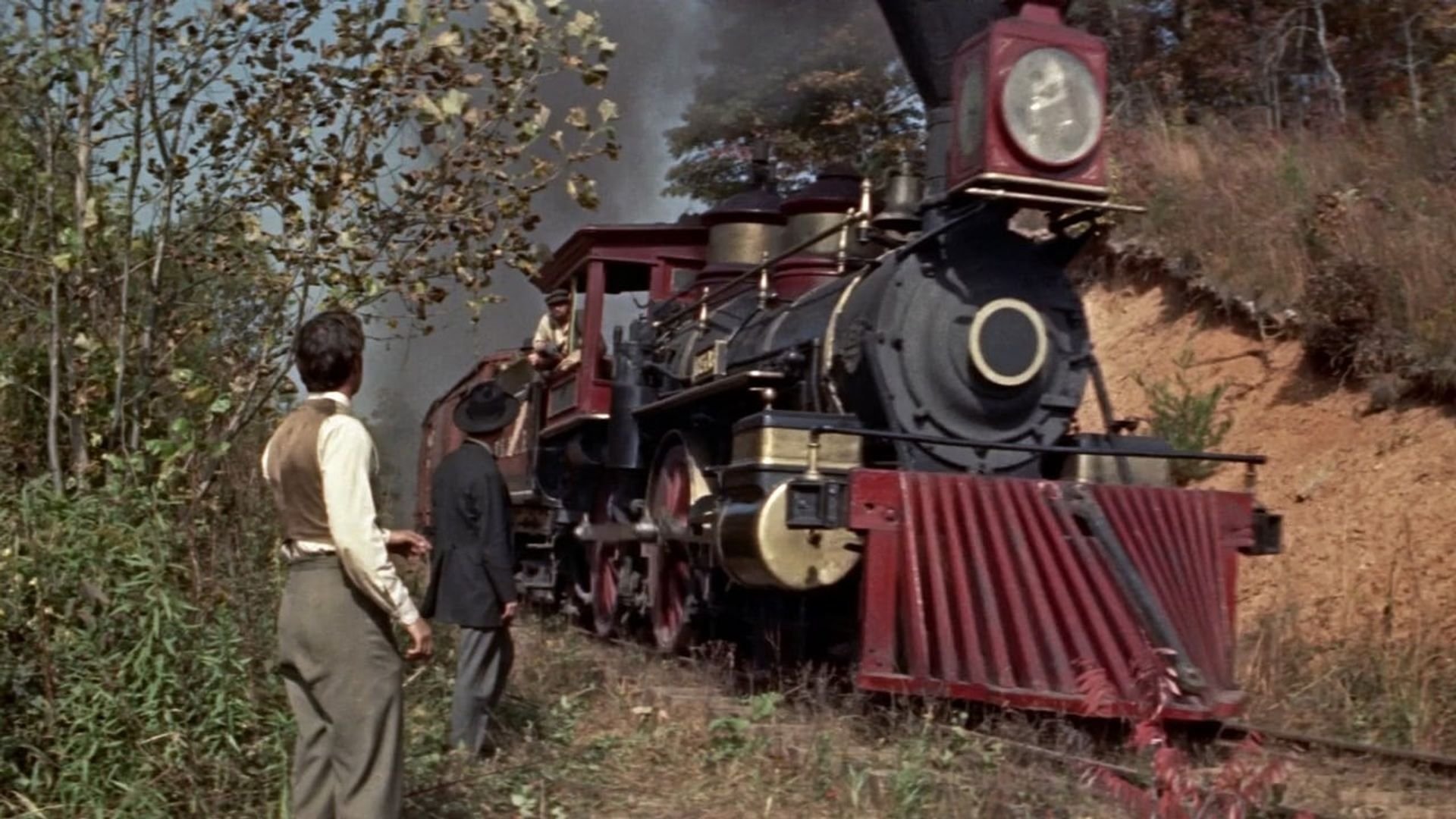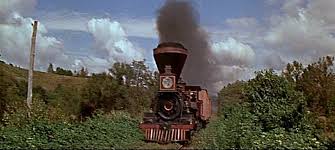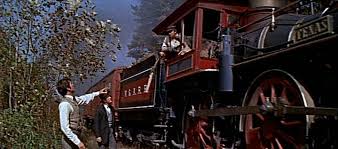🎬 The Great Locomotive Chase (1956)

The Great Locomotive Chase (1956) Review: A Riveting Tale of Heroism and Determination
The Great Locomotive Chase, directed by Francis D. Lyon, is a historical adventure film produced by Walt Disney that dramatizes one of the most daring events of the American Civil War. Starring Fess Parker and Jeffrey Hunter, the film captures the excitement and tension of a real-life Union raid behind Confederate lines. With its combination of thrilling action, historical authenticity, and Disney’s signature storytelling, The Great Locomotive Chase is both an entertaining and educational cinematic experience.
Plot Overview: A Daring Civil War Mission
Set in April 1862, the film follows James J. Andrews (Fess Parker), a Union spy, as he leads a group of soldiers on a covert mission deep into Confederate territory. Their objective is to hijack a train, the General, and disrupt the Confederacy’s supply lines by sabotaging railroads and destroying bridges.
However, their plan quickly unravels as the train’s determined conductor, William A. Fuller (Jeffrey Hunter), pursues them relentlessly. What follows is a high-stakes chase across the Georgia countryside, pitting wits and courage against each other in a battle of strategy and endurance.

Fess Parker as James J. Andrews: A Charismatic Leader
Fess Parker, best known for his portrayal of Davy Crockett, delivers a strong performance as James J. Andrews. As the leader of the Union raiders, Parker brings a sense of calm authority and determination to the role. His portrayal emphasizes Andrews’ resourcefulness and unwavering commitment to the mission, making him a compelling protagonist.
Jeffrey Hunter as William A. Fuller: The Relentless Pursuer
Jeffrey Hunter shines as William A. Fuller, the tenacious Confederate conductor who refuses to let his train be stolen. Hunter’s performance captures Fuller’s ingenuity and resilience, transforming him into an admirable adversary rather than a simple antagonist. His relentless pursuit adds tension and excitement to the narrative.
Supporting Cast: Adding Depth to the Story
The film features a strong ensemble cast of Union soldiers and Confederate characters who enhance the story’s depth:
- John Lupton as William Campbell: A young Union soldier whose bravery is tested during the mission.
- Eddie Firestone as William Knight: A key member of the raiding party who provides moments of levity amid the tension.
- Kenneth Tobey as Anthony Murphy: A Confederate engineer who aids Fuller during the chase.
Themes: Courage, Ingenuity, and Sacrifice
- Heroism Under Fire: The film highlights the courage of both the Union raiders and their Confederate pursuers, showcasing the valor of individuals on both sides of the conflict.
- Ingenuity and Determination: The story celebrates human ingenuity and resourcefulness, as both Andrews and Fuller use their wits to outmaneuver each other.
- The Cost of War: While thrilling, the film does not shy away from depicting the sacrifices made by the raiders, adding emotional weight to the narrative.

Direction and Cinematography: A Dynamic Adventure
Francis D. Lyon’s direction brings a sense of energy and excitement to the film, maintaining a brisk pace throughout the chase. The cinematography by Charles P. Boyle captures the natural beauty of the Georgia countryside, with sweeping shots of trains racing through forests, fields, and small towns. The use of actual steam locomotives enhances the film’s authenticity and immerses viewers in the era.
Music: A Stirring Score by Paul J. Smith
Paul J. Smith’s score perfectly complements the film’s action and drama, blending patriotic themes with a sense of urgency. The music heightens the excitement of the chase while also underscoring the emotional stakes of the mission.
Key Moments That Define The Great Locomotive Chase
- The Train Hijacking: The tense and meticulously executed theft of the General sets the stage for the thrilling chase.
- The Chase Itself: The film’s centerpiece is the extended pursuit, filled with moments of ingenuity, sabotage, and near-captures.
- The Final Confrontation: The raiders’ ultimate capture and the consequences they face add a poignant and reflective conclusion to the story.
Strengths of The Great Locomotive Chase
- Authenticity: The film stays true to the historical events, offering a detailed and accurate portrayal of the raid.
- Exciting Action: The thrilling train sequences and strategic maneuvers keep viewers engaged throughout.
- Strong Performances: Fess Parker and Jeffrey Hunter deliver compelling performances that anchor the film.
- Educational Value: As a Disney production, the film serves as both entertainment and a history lesson for younger audiences.
Weaknesses of The Great Locomotive Chase
- Simplistic Characterizations: While engaging, some characters lack depth, fitting neatly into hero and villain archetypes.
- Limited Perspective: The film focuses primarily on the Union perspective, offering little insight into the broader context of the Civil War.
- Predictable Plot: Given its historical basis, the outcome is known, which may lessen the tension for some viewers.

Legacy and Reception
The Great Locomotive Chase was well-received upon its release, praised for its historical authenticity and thrilling action. It became a staple of Disney’s live-action catalog and remains a favorite among fans of historical dramas and Civil War stories. The film’s educational value has made it a popular choice for classrooms and family viewing.
Fun Facts About The Great Locomotive Chase
- Real Steam Locomotives: The film used actual steam engines, including replicas of the General and Texas, adding to its historical authenticity.
- Based on a True Story: The film is a faithful dramatization of the Andrews Raid, one of the most daring Union missions of the Civil War.
- Medal of Honor Connection: Several members of Andrews’ raiding party became some of the first recipients of the Medal of Honor for their bravery.
Conclusion: A Thrilling and Inspiring Historical Adventure
The Great Locomotive Chase (1956) is a gripping retelling of one of the Civil War’s most daring episodes. With its thrilling action sequences, strong performances, and historical authenticity, the film offers an engaging experience for audiences of all ages. While it simplifies some aspects of the conflict, its focus on courage, ingenuity, and sacrifice ensures its place as a classic historical drama.